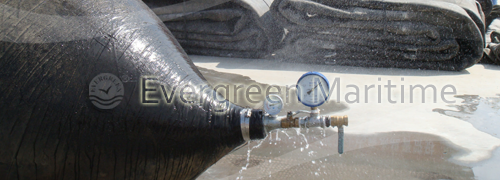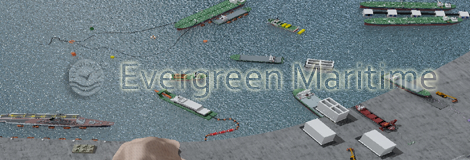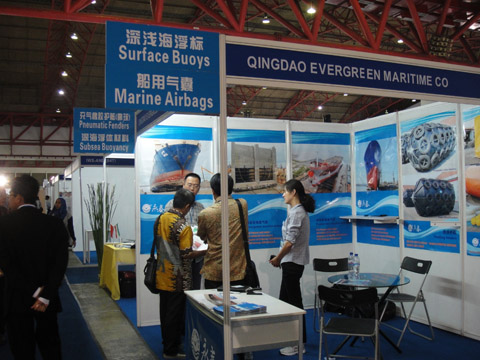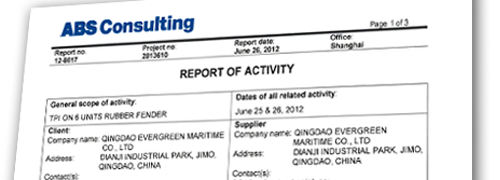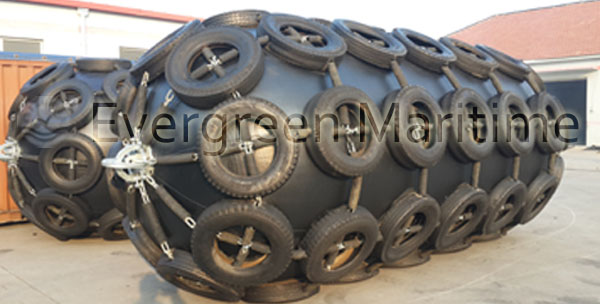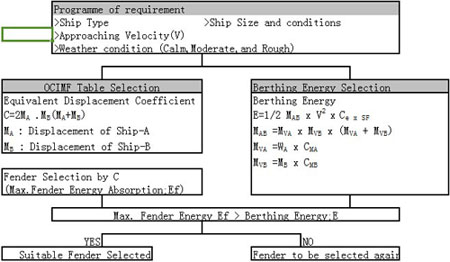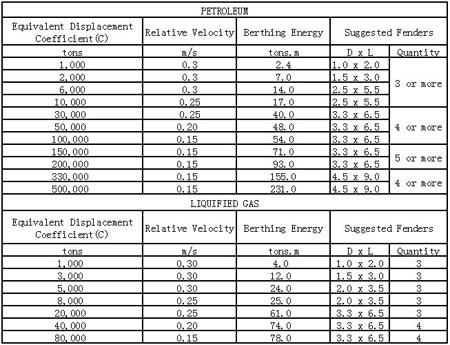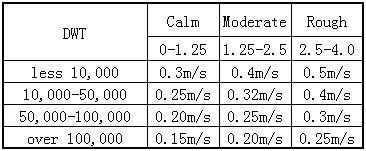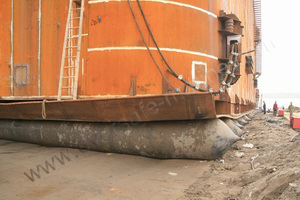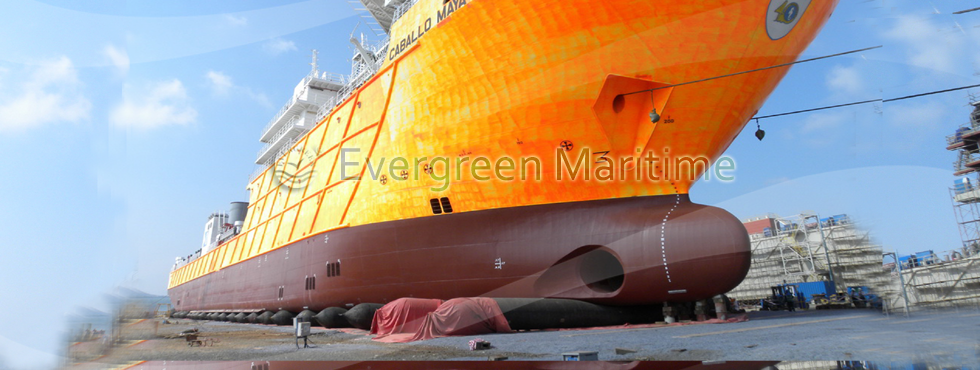Floating Pneumatic Rubber Fenders is a fender which is made of synthetic-cord-reinforced rubber sheet with compressed air inside to enable it to float on the water and work as the absorber between ship to ship , ship to berthing structure when they come alongside each other on the water . The design and selection of floating fenders can be confirmed as per the maximum energy absorption of specific conditions .we should calculate and compare the requirements for the energy of the following condition; The Kinetic energy when the ship berthing or after berthing; the energy of relative motion of ship to ship and ship to wharf .
Ship to ship operation of floating pneumatic fenders
Follow the flow chart which simply demonstrate the procedure of floating fenders selection .
There is a quick reference to do the floating fender selection tentatively as per the listed OCIMF Table . If the energy absorption of the tentative selected pneumatic fender (Ef) is larger than the calculated berthing energy (E) . It means that a suitable floating pneumatic rubber fender selection has been made . If the Yokohama fenders energy absorption capacity is less than the calculated berthing energy . The selected yokohama fenders should be upgraded and selected again .
OCIMF Table Selection of YOKOHAMA fenders
It is a quick reference selection based on 50 Kpa ( Pneumatic 50 ) and calm condition , Equivalent Displacement coefficient (C) should be calculated firstly , then make the tentatively selection as per OCIMF ship to ship transfer guide .
C= 2 x Displacement ShipA x Displacement ShipB / ( Displacement ShipA + Displacement ShipB )
Berthing Energy Calculation of pneumatic rubber fenders
The berthing energy can be calculated by the following formula .
Where :
E = Berthing Energy ( in KNm or ton / m)
![]() = Equivalent Displacement Coefficient
= Equivalent Displacement Coefficient
![]() = Relative Approaching Velocity
= Relative Approaching Velocity
SF = Safety Factor
Where :
![]() = Water displacement of the berthing ship A ( tons )
= Water displacement of the berthing ship A ( tons )
![]() = Water displacement of the berthing ship B ( tons )
= Water displacement of the berthing ship B ( tons )
![]() = Added mass coefficient of ship A
= Added mass coefficient of ship A
![]() = Added mass coefficient of ship B
= Added mass coefficient of ship B
Added Mass Coefficient
Where :
d = Full load draft (m , ft )
B = Molded Breadth (m , ft )
Safety Factor
A safety factor (SF) value from 1.0 to 2.0 for the berthing energy shall be considered for abnormal berthing conditions .
Eccentricity Factor
Where :
I = Radius of rotation of the vessel ( usually 1/4 of the vessel’s length )
r = Distance of the line paralleled to wharf measured from the vessel’s center of gravity to the point of contact
a = the angle degree
L = Length of ship
Relative Approaching
The berthing energy needs to be calculated considering weather conditions ,categorized by the three conditions calm,moderate and rough , and the approaching velocity to calculate the berthing energy are asumed to be as the follow table . These information are obtained from various industry references and standards .
Ship to Quay Operation of Floating Pneumatic Rubber Fenders
The selection and installation of pneumatic fenders (fendering) system for a quay is determined based on several design parameters for each ship berthing and mooring condition .
The energy can be calculated by the following formula :
Where :
E = Berthing Energy ( in KNm or ton / m)
M = Displacement ( ton )
V = Berthing Velocity ( m / s )
d = Full load draft (m, ft )
B = Molded Breadth (m, ft )
SF = Safety Factor
![]() = Berthing configuration factor
= Berthing configuration factor
This is the portion of berthing energy which is absorbed by the cushion effect of water between the approaching vessel and the quay wall .The smaller the draft of the vessel is , or the large the under keel clearance , the more trapped water can escape under the vessel , and would give a higher ![]() Valve . Also , if the berthing angle of the vessel is greater than 5 degree , we can consider
Valve . Also , if the berthing angle of the vessel is greater than 5 degree , we can consider ![]() = 1 .
= 1 .
This is the portion of berthing energy which is absorbed by the deformation of the vessels’s hull and fender . When a soft fender is issued, ![]() = 0.9
= 0.9


